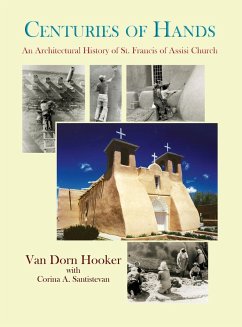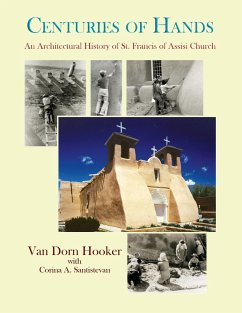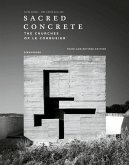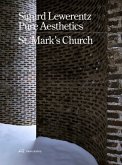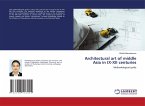St. Francis of Assisi Church in Taos, New Mexico, is one of the most widely recognized buildings in the United States. It has been photographed by thousands of people who have visited it including professional photographers, and painted by scores of artists in various media. Its image has appeared in books, magazines, newspapers and travel brochures. But the church did not always look like it does today. Since its original construction in the early nineteenth century, it has gone through many periods of remodeling. In the recent past, St. Francis of Assisi Church has been the focus of historic preservation by a devoted congregation and the priests who led them. Their united effort saved the church from serious deterioration and abandonment. An annual program of replastering with mud in addition to repair and repainting are keeping the church in better condition than ever before. The writing of this book was inspired by this effort.
Hinweis: Dieser Artikel kann nur an eine deutsche Lieferadresse ausgeliefert werden.
Hinweis: Dieser Artikel kann nur an eine deutsche Lieferadresse ausgeliefert werden.

